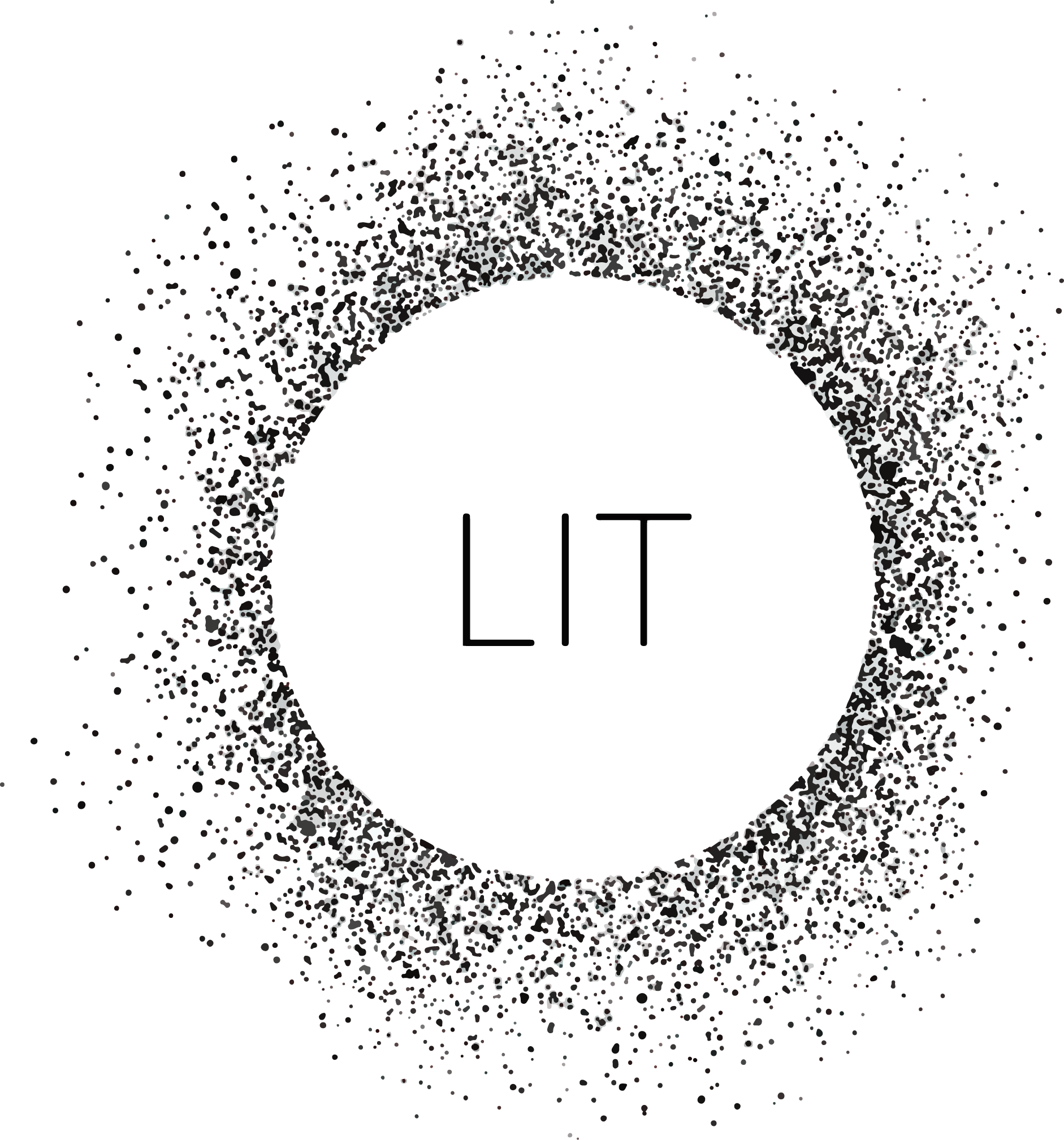| (5 intermediate revisions by 3 users not shown) | |||
| Line 162: | Line 162: | ||
</li> | </li> | ||
| − | + | <li id="drop5" class="navy-link"><a href="https://2017.igem.org/Team:UCL/Model">MODELLING</a> | |
<ul class="navy-hidden"> | <ul class="navy-hidden"> | ||
<li><a href="https://2017.igem.org/Team:UCL/Model" class="dropped">Overview</a></li> | <li><a href="https://2017.igem.org/Team:UCL/Model" class="dropped">Overview</a></li> | ||
| Line 169: | Line 169: | ||
<li><a href="https://2017.igem.org/Team:UCL/Model4" class="dropped">LEGIT</a></li> | <li><a href="https://2017.igem.org/Team:UCL/Model4" class="dropped">LEGIT</a></li> | ||
<li><a href="https://2017.igem.org/Team:UCL/Model3" class="dropped">MOM</a></li> | <li><a href="https://2017.igem.org/Team:UCL/Model3" class="dropped">MOM</a></li> | ||
| + | <li><a href="https://2017.igem.org/Team:UCL/Methods" class="dropped">Methods</a></li> | ||
<li><a href="https://2017.igem.org/Team:UCL/Glossary" class="dropped">Glossary</a></li> | <li><a href="https://2017.igem.org/Team:UCL/Glossary" class="dropped">Glossary</a></li> | ||
</ul> | </ul> | ||
| Line 191: | Line 192: | ||
</ul></li> | </ul></li> | ||
| − | <li id="drop4" class="navy-link"><a href="https://2017.igem.org/Team:UCL/Notebook">LAB BOOK</a></li> | + | <li id="drop4" class="navy-link"><a href="https://2017.igem.org/Team:UCL/Notebook">LAB BOOK</a> |
| + | <ul class="navy-hidden"> | ||
| + | <li><a href="https://2017.igem.org/Team:UCL/Safety" class="dropped">Safety</a></li> | ||
| + | </ul></li> | ||
</ul> | </ul> | ||
| Line 944: | Line 948: | ||
<div id="mam"> | <div id="mam"> | ||
| − | <p class="pop-text">We | + | <p class="pop-text">We developed a novel tissue engineering approach based on the use of an optogenetic guidance system that will allow scaffold-free, precise control of cellular behaviour using light switches.<span style="color: red"> </span></p> |
</div> | </div> | ||
Latest revision as of 23:51, 1 November 2017
UCL iGEM 2017 presents
LIT (Light Induced Technologies)
We developed applications for biological light switches. The mission was to standardise optogenetic tools for wider use in synthetic biology and to show how we can apply them in tissue engineering, building architectural structures and producing bacterial light bulbs.
We developed a novel tissue engineering approach based on the use of an optogenetic guidance system that will allow scaffold-free, precise control of cellular behaviour using light switches.
We developed and prototyped a bacterial light-bulb - one that uses light-repressible bioluminescence and co-culturing to create an efficient and sustainable solution for public illumination.
We developed transcriptional and post-translational light switches for the induction of cell adhesion. Guided by light, cells will be directed to form 3D structures by adhering to each other and simultaneously producing, secreting and binding a desired polymer that can be then crosslinked into a solid 3D shape.


